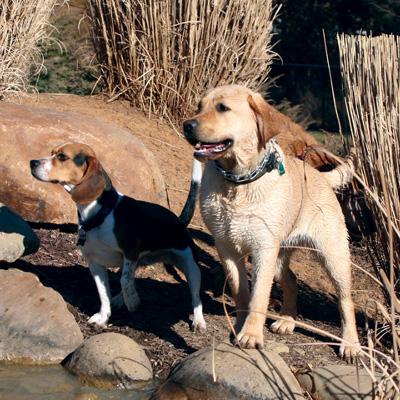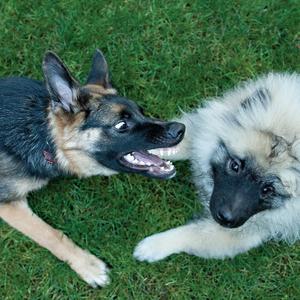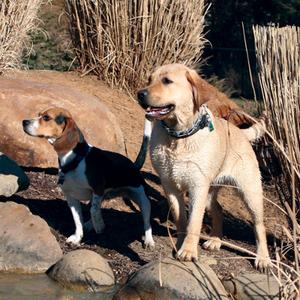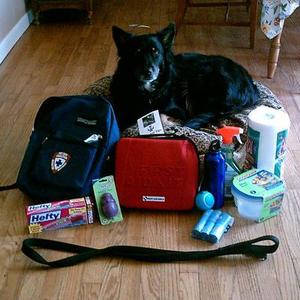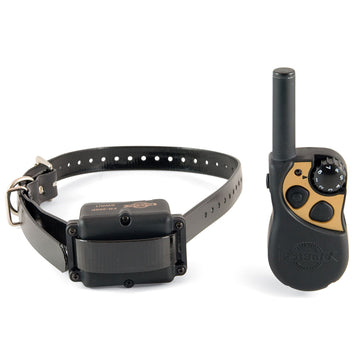My dog, Sadie, is from the north. The hot hot hot temperatures in Virginia make this girl miserable during the summer. Just the other day, I was saying to another associate here, “Sadie has been so goofy lately. She’s been running around more than normal, destroying more toys, and been whiney. What is her deal? My coworker quickly responded “Hey, it’s getting cool out! My dog is acting funny too!”. Then it hit me—yes—that was it! The weather finally cooled out and it she was ready to be active and outside!
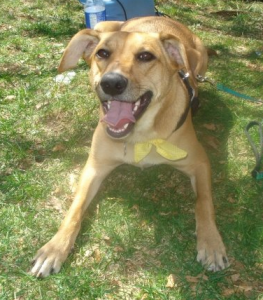 I can relate. After a long cold winter, I can’t wait for the first spring day where I can throw on a pair of shorts and get outside to feel the warm sunlight on my pasty-white-winter-skin. It’s the opposite for Sadie. She waits all summer long for the first cooler day so she can get outside and run as fast as she can without being so hot that only a giant mud pit would cool her down (resulting in lots of grumbles from her Mom). That can only mean—it’s dog park time!
I can relate. After a long cold winter, I can’t wait for the first spring day where I can throw on a pair of shorts and get outside to feel the warm sunlight on my pasty-white-winter-skin. It’s the opposite for Sadie. She waits all summer long for the first cooler day so she can get outside and run as fast as she can without being so hot that only a giant mud pit would cool her down (resulting in lots of grumbles from her Mom). That can only mean—it’s dog park time!
Sadie and I hit the dog park last night and it all started coming back to me—dog park etiquette. I am very fortunate in that I have the opportunity to listen to and learn from well-respected trainers, behaviorists, and veterinarians all over the world. I get to learn a lot more about dog body language and behavior than the average dog owner. What I see through my eyes is that dog parks are a very complicated place. Many dogs, all with very different body styles, come to a place to play. The dogs play styles might seem very different than those of our “human children”, so doggy owners have their say in the dog play-time at the dog park too.
So here are a few things to remember when you’re at the dog park with your dog.
-
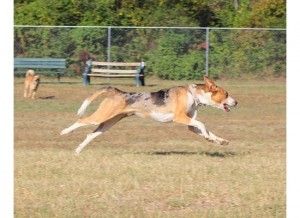 Dogs communicate through body language. Because dogs come in a variety of shapes and sizes, that communication can be extremely complicated. For example, the movement and posture of the tail is a big way in which dogs communicate with each other, but you can understand how complicated that must become with dogs that have a bushy tail vs. a short-haired tail, or even a docked or no tail at all.
Dogs communicate through body language. Because dogs come in a variety of shapes and sizes, that communication can be extremely complicated. For example, the movement and posture of the tail is a big way in which dogs communicate with each other, but you can understand how complicated that must become with dogs that have a bushy tail vs. a short-haired tail, or even a docked or no tail at all. - Dogs also communicate with the poture and movement of their ears. This can be tricky because some dogs have long floppy ears that don’t move a lot, some dogs have small ears with tons of movement, and other dogs have such small cropped ears that they don’t much very much.
- Another one—doggy “play bows” can indicate that one dog is friendly and ready to play. However, there are some breeds out there with a big chest and tiny short legs (think dachshunds) that have a more difficult time play-bowing with others. What this means is that, because of the different shapes and sizes of dogs, miscommunication can occur between dogs. This miscommunication can result in a lot of things, including dogs choosing not to interact with each other or a dog fight.
- When at the dog park, you should always pay attention to your dog. Does your dog appear comfortable with the other dogs? Is your dog making other dogs uncomfortable? Assess the situation and then react appropriately.
-
 Many dogs have different play styles. Some dogs like to play rough, and that’s okay. Some dogs wrestle, bark, and growl and it can almost look scary! Other dogs prefer to play on their own or not be touched by other dogs.
Many dogs have different play styles. Some dogs like to play rough, and that’s okay. Some dogs wrestle, bark, and growl and it can almost look scary! Other dogs prefer to play on their own or not be touched by other dogs. - The most important part to remember here is to make sure you and your dog are comfortable. If the play style seems to be too rough for your dog, consider taking your dog home, on a separate walk, or to another side of the dog park.
-
 One of my favorite things that sometimes happens at dog parks is open communication between the owners. My dog is a pretty rough player. Also, she’s part collie, so she tends to herd other groups of dogs. When I enter a dog park and Sadie begins to play with other dogs, I approach the owners and say “Sadie is a pretty rough player and she barks a lot. If any of that makes you or your dog uncomfortable, just let me know and I am happy to remove her!”. Owners are always appreciative that I not only acknowledge their dog, but that I respect and want them to be comfortable.
One of my favorite things that sometimes happens at dog parks is open communication between the owners. My dog is a pretty rough player. Also, she’s part collie, so she tends to herd other groups of dogs. When I enter a dog park and Sadie begins to play with other dogs, I approach the owners and say “Sadie is a pretty rough player and she barks a lot. If any of that makes you or your dog uncomfortable, just let me know and I am happy to remove her!”. Owners are always appreciative that I not only acknowledge their dog, but that I respect and want them to be comfortable. - Additionally, it lets the other owner know that my dog isn’t really about to fight with their dog, but rather that’s her normal play style and it’s something I’ve had experience with in the past. About 99% of the time, the other owner says to me “Oh, we’ll see if she can even keep up with my dog!” and then the two pups rumble around for at least an hour. The other 1% of the time, the owner tells me they are uncomfortable and I am happy to remove Sadie for fear that, if I make the owner uncomfortable, then the person won’t come back with their dog and Sadie won’t have playmates at the park anymore.
- The key here is to talk with the other owners in a non defensive manner. Talk to other owners about your dog’s play style. It’s much easier to work out a play session beforehand than it is to diffuse a situation after the fact.
-
 Lastly, always remember that you can leave the park. Yes, it’s true, there will always be owners that shouldn’t bring their dogs to the park for one reason or another. Standing your ground and not removing your dog might cause bigger problems than just removing your dog and coming back the next day.
Lastly, always remember that you can leave the park. Yes, it’s true, there will always be owners that shouldn’t bring their dogs to the park for one reason or another. Standing your ground and not removing your dog might cause bigger problems than just removing your dog and coming back the next day. - Dog parks can be a very happy, fun, and exciting place for your dog! You don’t want to ruin that with negative experiences so that your dog starts to fear the dog park.
- Pay attention to your dog and make sure he is comfortable. If you have a dog that can get rough, remember that you are responsible for your dog 100% of the time. If your dog does get out of hand, you are responsible for that behavior. Act accordingly!
The dog park can be an excellent place for dogs that are ready to get outside for the cooler weather and for dogs that really need to run off their energy. It’s a great place for dogs to interact with each other too. All we really want is a happy tired dog when we get home. Make sure you are doing your part to not only give that feeling to your dog, but provide it to others as well.

